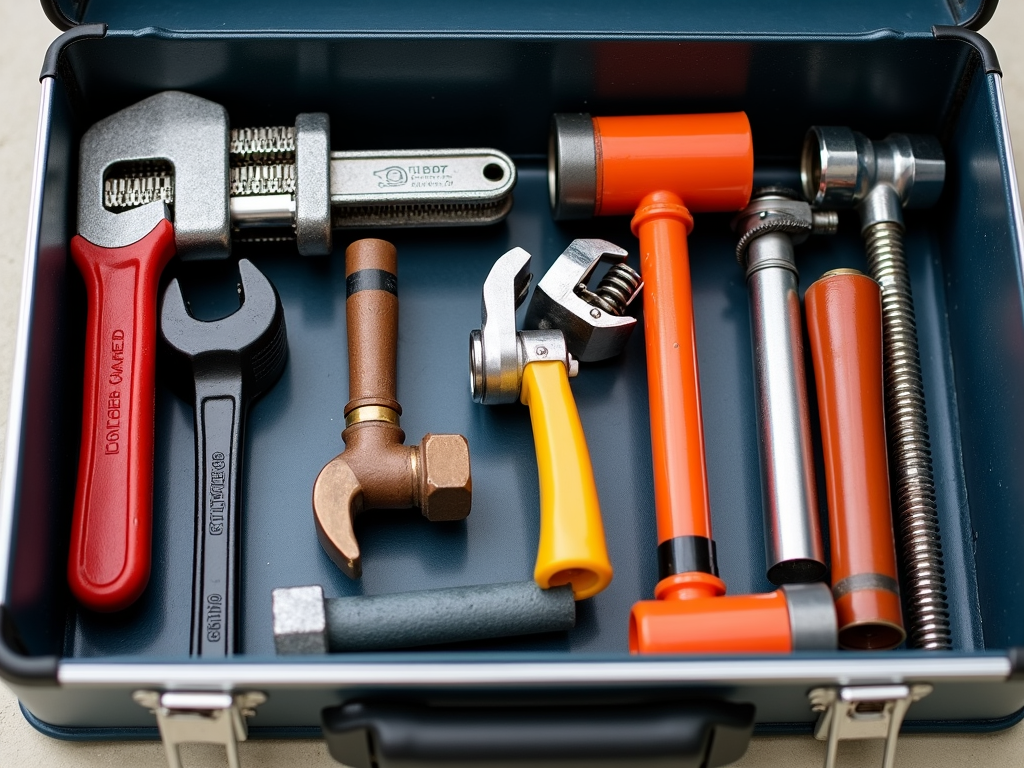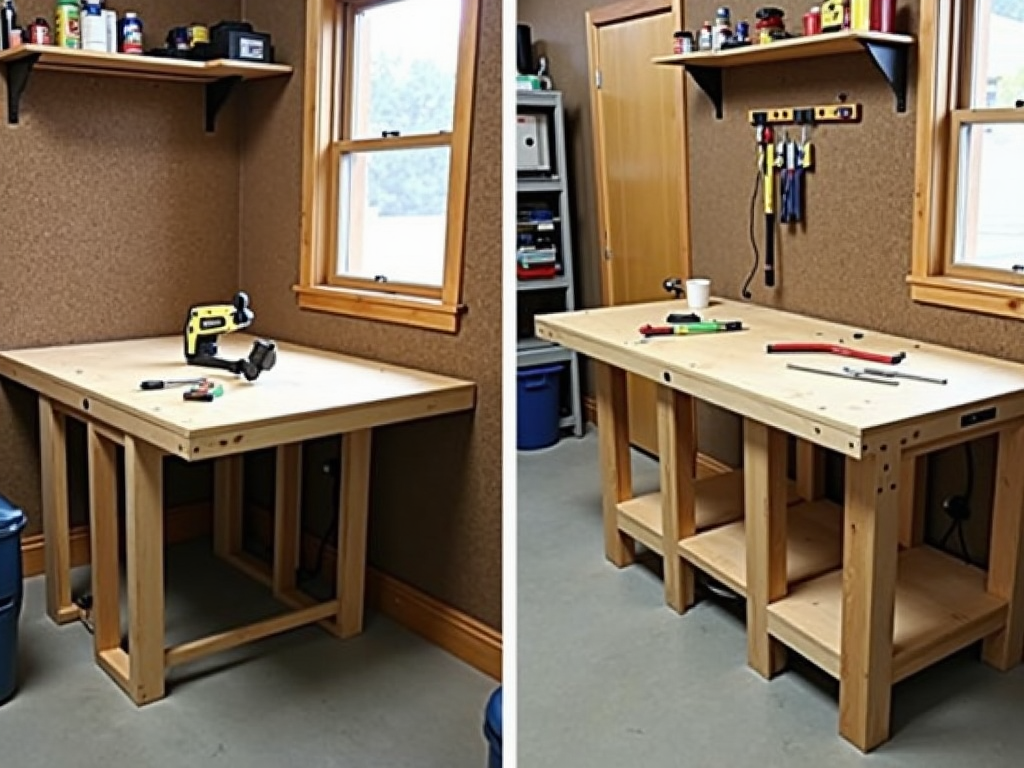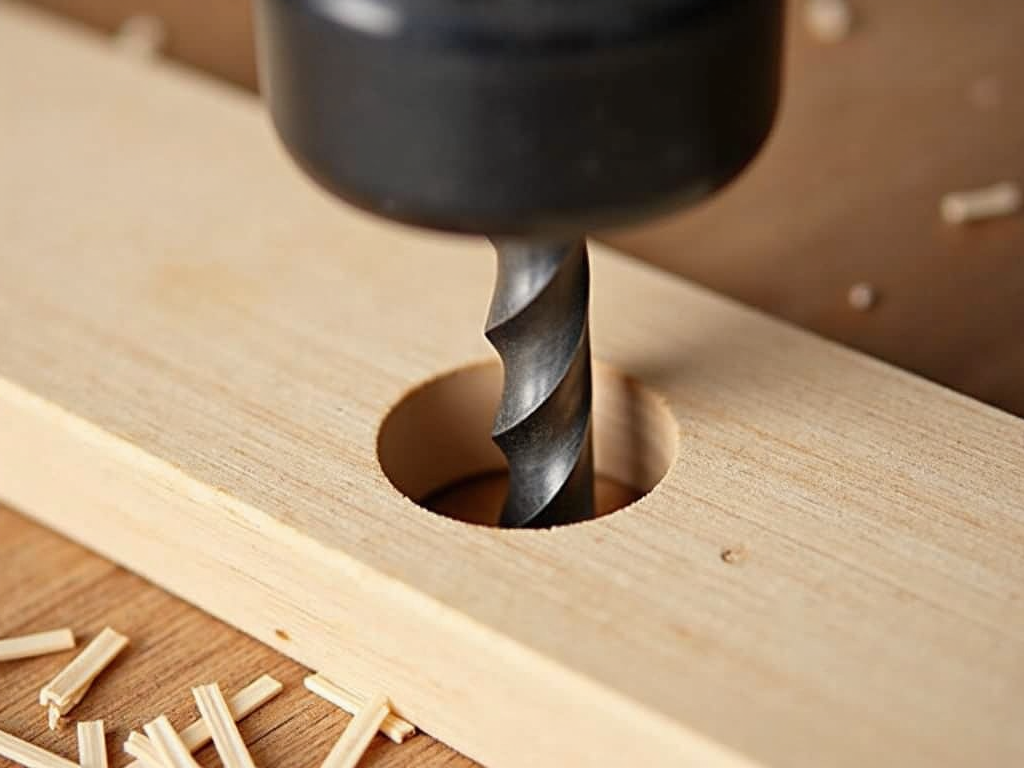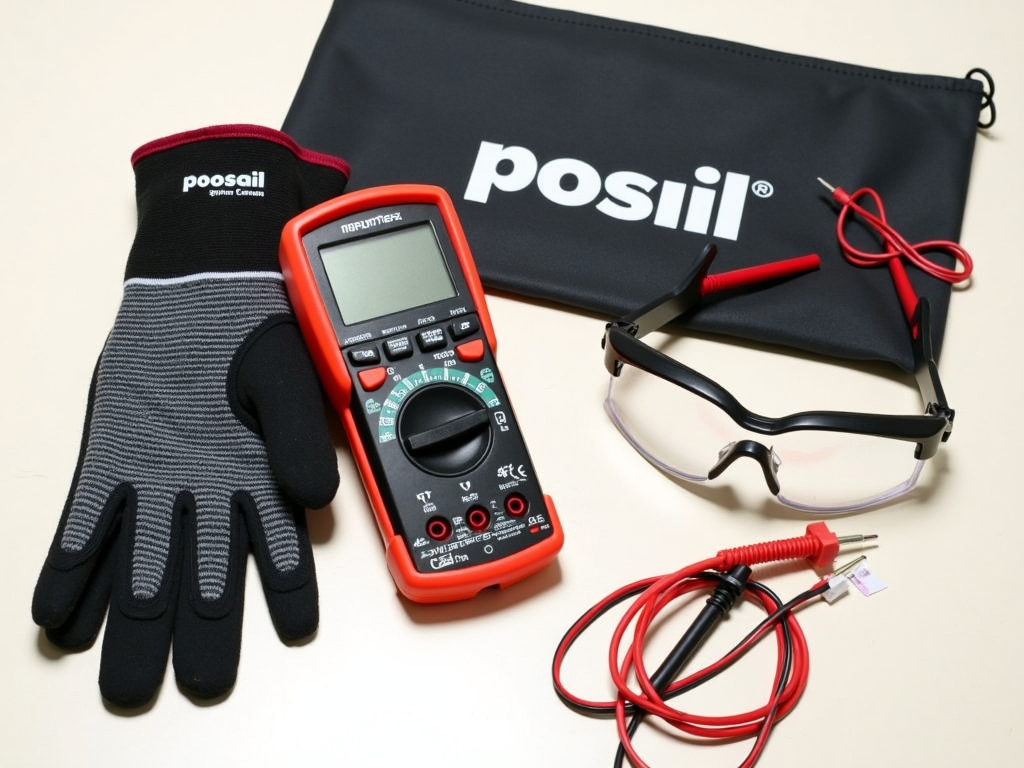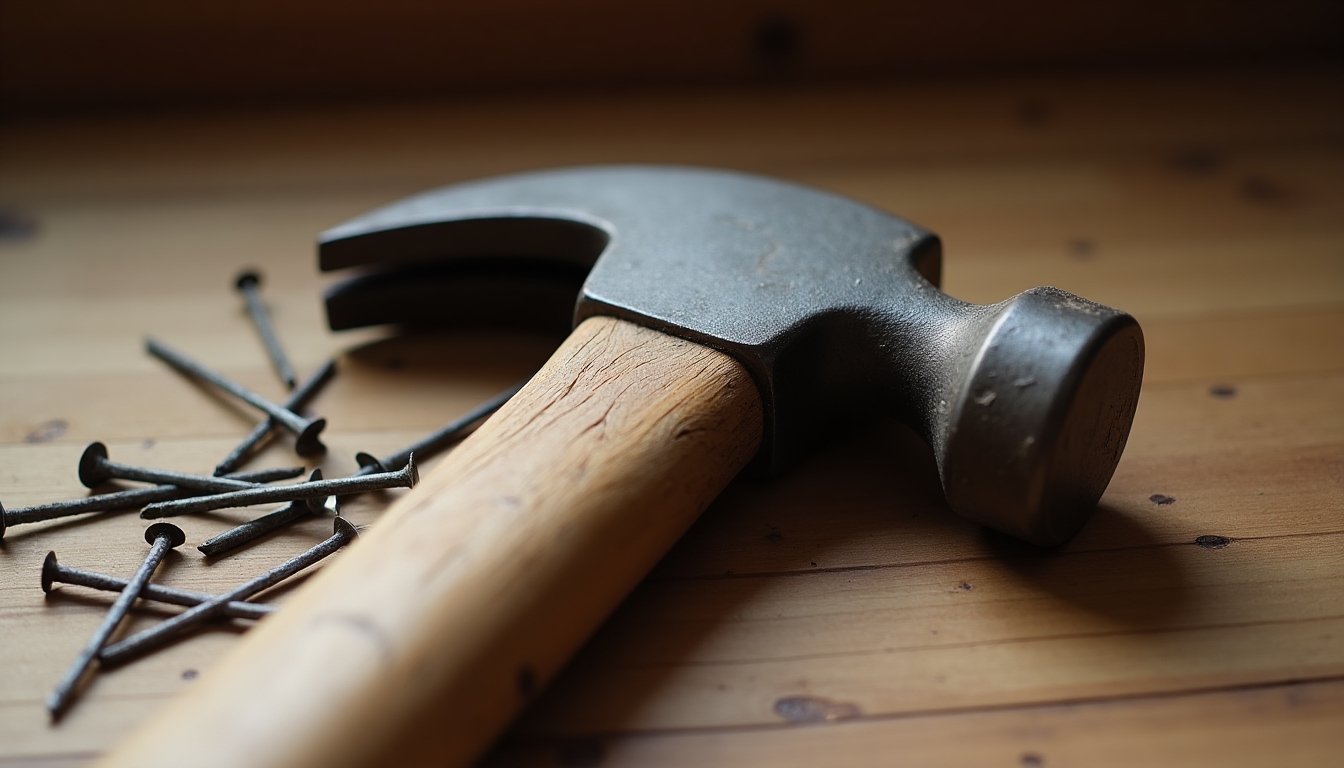Picking the right pipe for your plumbing needs can make or break your project. With so many options, it’s easy to feel overwhelmed. This guide breaks it down simply—covering pipe types, key factors, and tools you’ll need. Let’s dive in and make your next plumbing job a success.
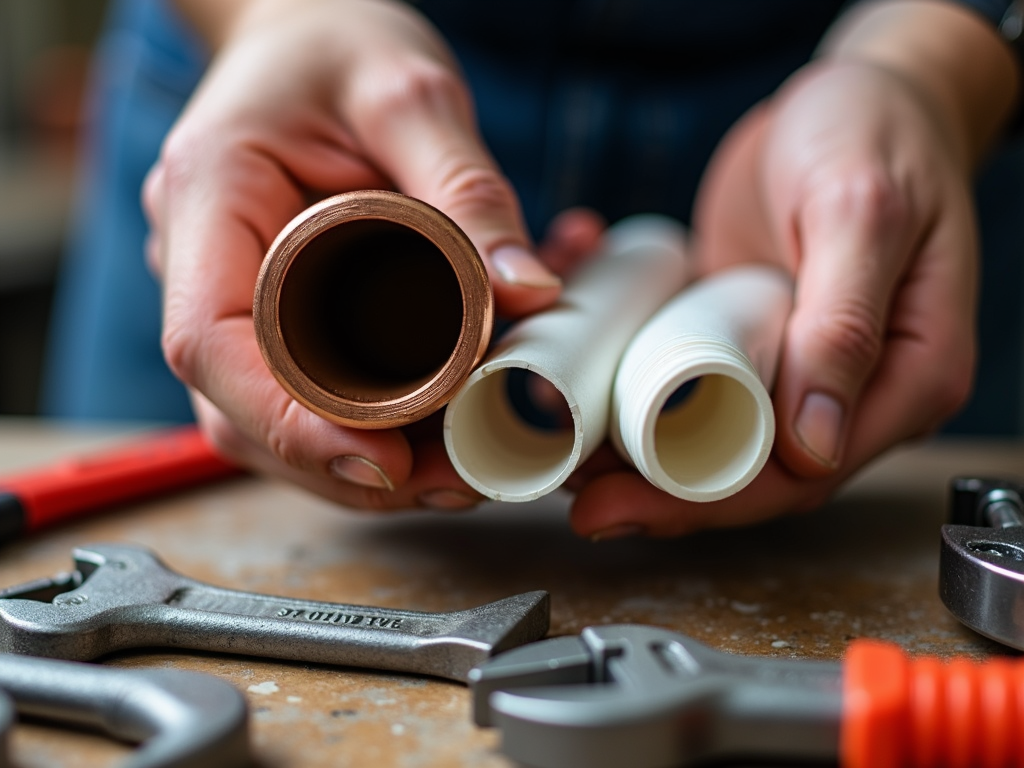
Why the Right Pipe Matters
Choosing the right pipe isn’t just about getting water from point A to point B. It’s about durability, safety, and avoiding costly repairs. I once helped a friend replace a cheap PVC pipe that cracked under pressure—it was a mess. The right pipe saves you headaches and keeps your home running smoothly.
Common Pipe Materials Explained
Let’s look at the most popular pipe materials you’ll encounter:
-
Copper Pipes: These are tough and last decades. They resist rust and handle hot water well. I’ve used them in kitchens where heat’s a factor. The downside? They cost more and need soldering skills.
-
PVC Pipes: Lightweight and cheap, PVC is great for drains and cold water lines. I’ve installed these in basements—easy to cut and glue. But don’t use them for hot water; they’ll warp.
-
PEX Pipes: Flexible and affordable, PEX is a DIYer’s dream. It bends around corners and works for hot or cold water. I’ve run PEX through tight spaces without breaking a sweat.
-
Galvanized Steel: Old homes might have these, but they rust over time. I’ve seen them clog water flow in a 1950s house—best to swap them out.

Key Factors to Pick the Perfect Pipe
Here’s what to think about before buying pipes:
-
What’s the Pipe For? Water supply lines need strong materials like copper or PEX. Drainage? PVC works fine.
-
Hot or Cold Water? Hot water rules out PVC. Stick to copper or PEX for safety.
-
Pressure Levels: Check your home’s water pressure. A weak pipe can burst—I’ve seen it happen with thin PVC.
-
Local Rules: Cities have codes. I once had to redo a job because I missed a regulation—don’t skip this step.
-
Your Budget: Copper lasts longer but hits the wallet harder. PEX is a solid middle ground.
Tools You Can’t Skip
Choosing the right tools for your plumbing needs is as important as the pipes. Here’s what I keep in my kit:
| Tool | Why It’s Essential |
|---|---|
| Pipe Cutter | Makes clean cuts fast—beats a hacksaw. |
| Wrenches | Tightens fittings without slips—I love my adjustable set. |
| Pipe Bender | Shapes copper or PEX without kinks. |
| Deburring Tool | Smooths cut edges for leak-free joins. |
| Soldering Kit | Joins copper pipes like a pro—takes practice. |
For more on this, see our guide on the Top 10 Plumbing Tools Every DIYer Should Own.
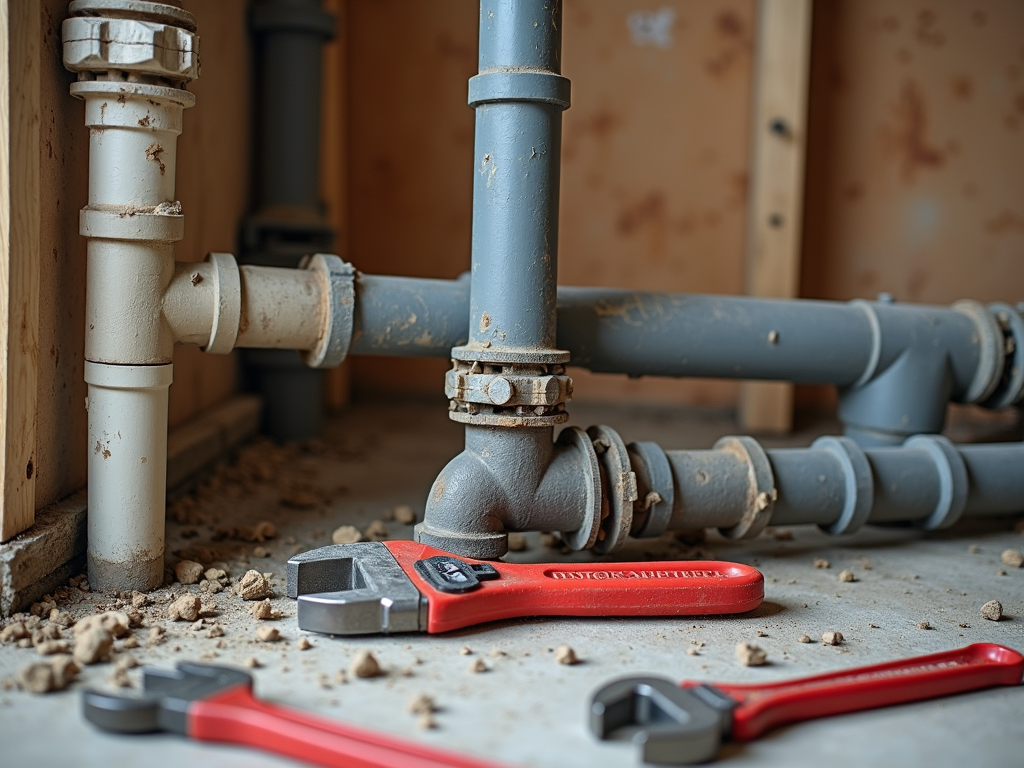
How to Choose the Right Pipe: Step by Step
Follow these steps to nail your choice:
-
Know Your Project: Water supply or drain? That sets your material.
-
Check the Space: Freezing temps? Use PEX or insulate. I learned this after a winter pipe burst.
-
Match Existing Pipes: Mixing metals can corrode. Stick to one type if possible.
-
Size It Right: Too small, and water slows. Too big, and you waste money. Measure twice.
-
Ask for Help: Unsure? A plumber’s advice saved me from a bad call once.
Mistakes I’ve Made (So You Don’t Have To)
-
Going Too Cheap: I bought bargain pipes once. They leaked in a month—lesson learned.
-
Skipping Codes: Redoing work hurts. Check rules first.
-
No Insulation: A frozen pipe flooded my garage. Insulate in cold spots.
-
Wrong Tools: A dull cutter mangled my pipe. Quality workman tools for plumbing projects matter.

Pipe Sizing Basics
Pipe size affects flow. Here’s a quick table:
| Pipe Diameter | Best For |
|---|---|
| ½ inch | Small fixtures (sinks) |
| ¾ inch | Main water lines |
| 1 inch | High-flow needs (showers) |
Get this wrong, and your shower’s a trickle. I’ve upsized pipes before to fix that.
My Take From Years of Plumbing
I’ve tackled dozens of plumbing jobs—some disasters, some wins. Copper’s my go-to for longevity, but PEX wins for ease. PVC’s fine for drains, just don’t push it beyond that. Pair your pipe with the right wrenches and cutters, and you’re golden.
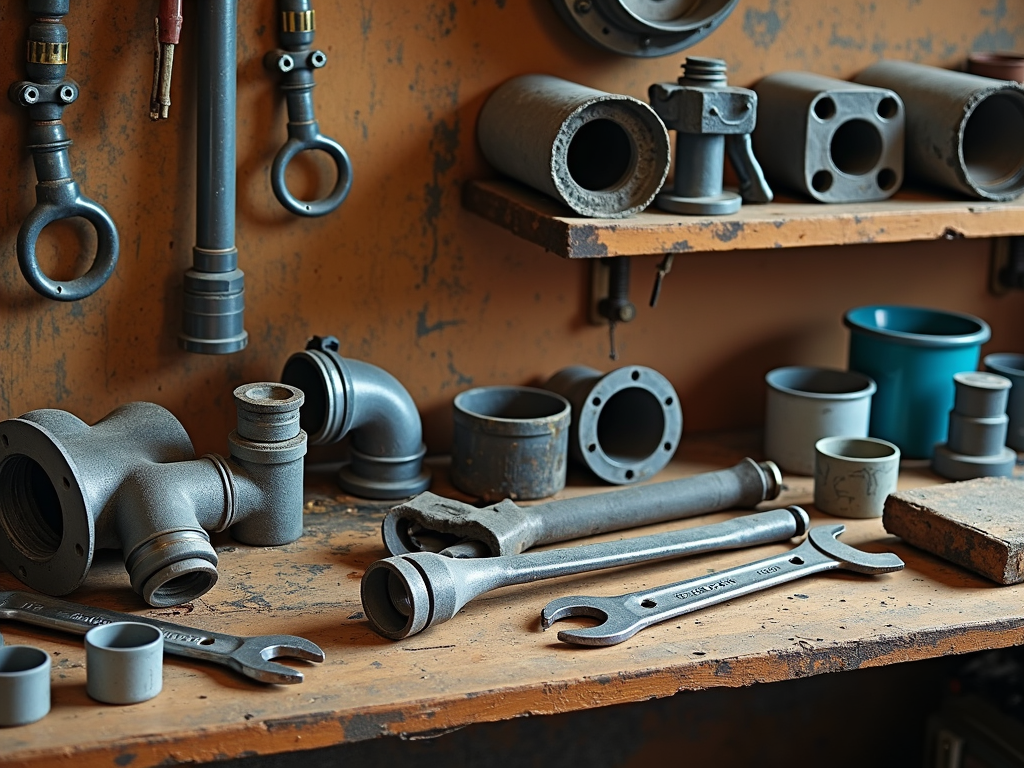
Troubleshooting Tips
-
Leaks at Joints: Tighten with a wrench or resolder. I’ve fixed many this way.
-
Low Pressure: Check for clogs or undersized pipes. A bigger diameter helped me once.
-
Noisy Pipes: Secure them with clamps. I stopped a banging pipe that way.
Wrap-Up
Choosing the right pipe for your plumbing needs boils down to knowing your project, picking the best material, and using solid tools. Whether it’s copper for durability or PEX for flexibility, match it to your needs and budget. Get it right, and your plumbing will last for years.
Related How to Choose the Right Pipe for Your Plumbing Needs:
- Essential Workman Tools for Plumbing Projects
- Case Studies: Successful Implementation of Automation in SMEs
- How to Stay Safe on Construction Sites: Essential Tips
- 10 Space-Saving Storage Solutions for Small Workshops
- Safety Practices in Home Electrical Repairs: A Comprehensive Guide
- Essential Workman Tools for Electricians and Plumbers
- How to Choose the Right Workbench for Your Space: A Complete Guide
- How to Choose the Right Drill Bit for Your Project
- Essential Tips for Using a Multimeter
- How to Choose the Right Socket Set for Any Job
- How to Choose the Best Hammer for Your Needs
- A Guide to Basic DIY Home Repair Tools: Focus on Hammers
